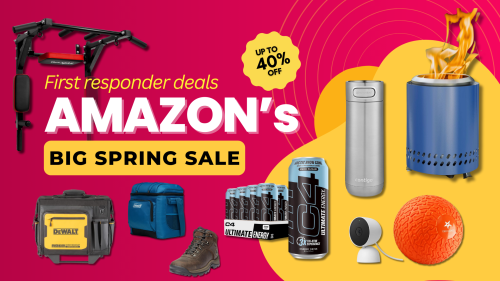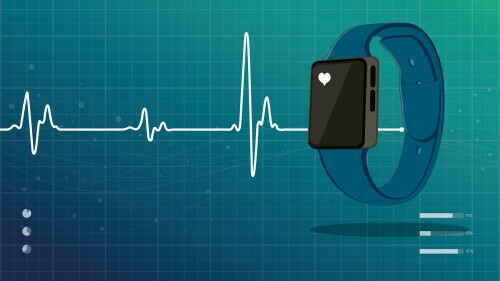If you’re serious about training, your shooting range bag needs to be more than just a place to stash ammo. It should be packed with shooting range equipment that supports safe, efficient and effective firearms practice. As a firearms instructor, I carry a lot of shooting gear, but there’s a core set of must-have items I recommend for every shooter. Whether you’re a beginner or an experienced marksman, these shooting range essentials will help you stay prepared, productive and focused every time you hit the range.
Safety first
It is your responsibility to ensure your own safety at the range, and that means at least one tourniquet, two chest seals (entry and exit wounds), gauze for packing and other first aid items. There are dozens of reputable companies out there, but I buy from two brands: North American Rescue (NAR) and Snakestaff Systems. If you buy from an online seller who doesn’t specialize in first responder gear, be wary of counterfeits.
For the range, an IFAK can give you the immediate care you or a companion needs until range staff and emergency response personnel show up. Snakestaff Systems sells tourniquets that are 65% smaller than the industry standard, making them a no-brainer to pop one or more into your range bag.
Whichever kit you buy, ensure that it is easy to open in an emergency and that you know how to use it. In other words, get trained. Stop the Bleed is a great place to start.
Target accessories
Whether you buy targets at the range or bring your own, there are several accessories that will make your session a lot more productive. These are painter’s tape, target pasters, target stickers, and a stapler that can use multiple staple lengths.
When I get to the range, I grab a used target from the trash and put a handful of target stickers on it to warm up before moving to new targets. Painter’s tape can be used to reinforce targets if your range uses overhead hangers and, along with target pasters, it can be used to tape over holes to reuse your targets.
If your range uses cardboard target backers, then a stapler may be needed to secure the backer to the support posts and the targets to the backer. Each use needs a different length staple.
Shot timer
As you progress through training, you want to transition from slow reps to build neural pathways (sometimes called muscle memory), to speedier but accurate reps. Shot timers are essential. Since you are on the range with other shooters, you need one that can be adjusted to pick up only your shots. Timers with advanced functions such a splits, repeats and multiple memories are available.
Many shooters cut their teeth with the classic blue Competition Electronics Pro-Timer. This programmable timer has 14 menu screens, allowing you to “make it your own.” Bluetooth connectivity and updatable firmware mean it never goes out of date. The scrolling shot review screen shows your last 4 shot times, shot number and your split time.
Shooters wanting bigger numbers on a larger screen can choose the Kestrel KST1000 Shot Timer, which has top and side screens. This timer is programmable with BT connectivity.
Tools
Many firearms have adjustable sights, or you might need tools to take down your firearm, so an armorer’s tool kit is a good idea to include in your range bag.
If your firearm has an RDS, bring the adjustment tools that came with it to zero it. Never, ever install or torque a sight at the range — that should be done at least 24 hours in advance to let the threadlocker set. See this article for more information about mounting RDS.
A flashlight, like the Nextorch TA22 penlight, is useful for indoor ranges or at night. Flashlights that use rechargeable or CR123 batteries are less subject to battery leakage and a lock switch will keep it from turning on if something presses against the pressure switch in your bag.
Flashlights can be used to check for a squib load without looking down the barrel — shine the light into the muzzle while pointed in a safe direction. If light comes out of the breach you’re GTG. If it doesn’t, there is something stuck in the barrel.
Finally, a magazine loader can help save your fingers. If your range allows it, pre-loading mags at home will save valuable time at ranges that charge by the hour.
Summary
This article covers what I believe to be the essentials items that belong in everyone’s range bag and show up in mine. I covered the essentials, but there is a whole lot more that can help at the range: ballistic eyewear, either plain or prescription; rangefinder, high-quality spotting scope for long-distance shooting, and much more.
Beginning shooters can start small and may find they need to add something else to their bag with every trip to the range. My advice is to research and ask around before you buy so you don’t need to buy the same thing more than once.
| NEXT: A guide to the best tactical backpack for your gear






















































